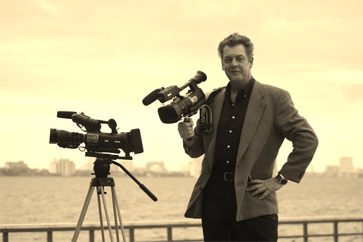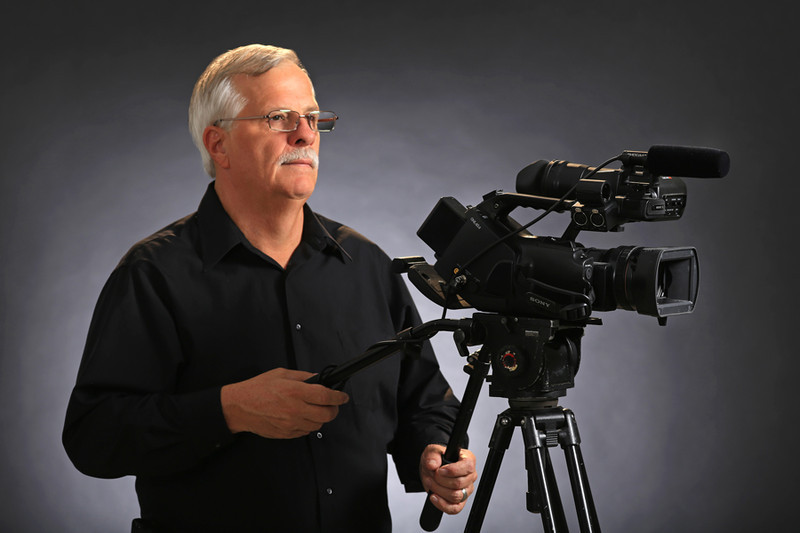Legal Videography Services: Capturing Proof for Accurate Court Records
Trick Advantages of Using Videography in Legal Cases
The integration of videography in legal cases presents a variety of critical benefits that can significantly affect test outcomes. As the lawful landscape proceeds to progress, the ramifications of leveraging videography in trial settings benefit better examination, particularly in comprehending just how these advantages equate into substantial results in the courtroom.
Improved Evidence Presentation
Enhanced proof discussion with videography has transformed the means lawful cases are said and recognized in the courtroom. By incorporating top notch video clip recordings into lawful proceedings, attorneys can convey complex information in a much more appealing and understandable manner - Legal Videography. Videography allows for the visualization of evidence, making it simpler for courts and courts to comprehend the context and significance of the provided truths
In enhancement to improving quality, videography can also catch real-time occasions, supplying an authentic representation of incidents significant to a situation. This immediacy can significantly affect the persuasiveness of a debate, as visual proof commonly resonates a lot more highly than written paperwork. Video evidence can include essential aspects such as body language, tone of voice, and ecological variables, all of which contribute to a much more alternative understanding of the instance.
Making use of videography likewise enables for effective company of evidence, allowing attorneys to provide their disagreements in a systematic and logical way. By purposefully including video clip into their discussions, legal specialists can facilitate an extra effective evaluation of the evidence, ultimately resulting in notified decision-making by the court. The transformative power of videography in legal contexts is both indispensable and undeniable.
Improved Witness Trustworthiness

Video proof can likewise mitigate potential predispositions that might develop from the witness's look or mannerisms in a live setting. By presenting a well-produced video clip, legal groups can ensure that the focus remains on the content of the statement instead than supplementary aspects that may threaten integrity. The chance to examine recorded statements can strengthen witness consistency, as discrepancies can be dealt with prior to test, leading to more reputable testimonies.
In addition, the durability of videography gives a safeguard against memory decay or misconception over time. By having a clear, proven account of witness statements, lawful practitioners can build a more powerful situation, strengthening the overall integrity of the witness and, consequently, the integrity of the judicial procedure.
Involving Jury Experience
Videography can significantly boost the court's involvement throughout legal process. By integrating top notch video discussions, legal teams can record and keep the interest of jurors, changing complicated information into visually compelling narratives. This involvement is vital, as jurors typically battle to soak up dense legal terms and detailed information provided exclusively through standard methods.
Video clip proof enables jurors to witness occasions as they unravelled, providing context that written testimonies might do not have. Making use of dynamic visuals can stimulate emotional actions, making the situation more relatable and memorable. Surveillance video footage or reenactments can show vital minutes, enabling jurors to visualize the evidence in a compelling manner.
In addition, videography can promote a much more interactive experience. Jurors can see and listen to witnesses, which adds a layer of authenticity and immediacy that created transcripts can not duplicate. This multi-sensory method promotes deeper understanding and retention of our website the provided material.

Effective Case Narration
Videography offers as an effective device to craft and present this story, engaging the court and boosting their understanding of the instance. By aesthetically illustrating the events leading to the legal conflict, videography allows attorneys to show intricate circumstances in a relatable and clear fashion.
Incorporating elements such as witness restorations, interviews, and animations, videography provides a multi-dimensional point of view that standard techniques can not accomplish - Legal Videography. This visual representation not only help in clearing up truths yet also assists jurors keep important info. The dynamic nature of video can damage down barriers of comprehension, making detailed information much more obtainable.
Eventually, reliable instance narration via videography transforms the court room experience, permitting lawyers to provide their debates in a persuasive and compelling fashion. By harnessing the power of visuals, legal specialists can dramatically enhance their ability to communicate important narratives and attain desirable results for their customers.
Conservation of Statements
Protecting testimonies is a crucial aspect of legal procedures, as the accuracy and stability of witness statements can substantially influence the outcome of a situation. Videography functions as an effective device hereof, ensuring that testaments are videotaped in their initial context, thereby minimizing the threat of false impression or distortion over time.
By recording verbal and non-verbal signs, videography provides a detailed account of witness statements, which can be indispensable throughout trial proceedings. This technique not only records the material of the statement Legal Videography but additionally look at here protects the behavior and emotional responses of witnesses, using courts a richer understanding of the testament's reliability and significance.
Moreover, using videography helps with an extra trustworthy evaluation of testimonies throughout post-trial evaluations or pre-trial prep work. Lawyers can revisit tape-recorded declarations to clarify details, analyze disparities, or develop approaches for cross-examination.
In significance, videography improves the conservation of statements, cultivating a transparent legal process that can bring about even more equitable outcomes. By securing the honesty of witness statements, legal specialists can better support for their clients and promote the principles of justice.

Verdict
In verdict, the combination of videography in legal situations dramatically enhances the discussion of evidence, bolsters witness reputation, and astounds juries with involving visual content. Jointly, these advantages emphasize the important duty of videography in modern legal techniques, ultimately adding to even more informed judicial results.
The integration of videography in lawful cases provides an array of critical benefits that can significantly affect test end results.Improved evidence presentation with videography has transformed the means legal cases are argued and understood in the courtroom.Videography can dramatically raise the court's interaction during legal procedures. By aesthetically showing the events leading to the lawful disagreement, videography allows attorneys to illustrate complex scenarios in a clear and relatable fashion.In verdict, the assimilation of videography in legal instances significantly boosts the presentation of proof, bolsters witness reliability, and astounds juries through engaging visual web content.